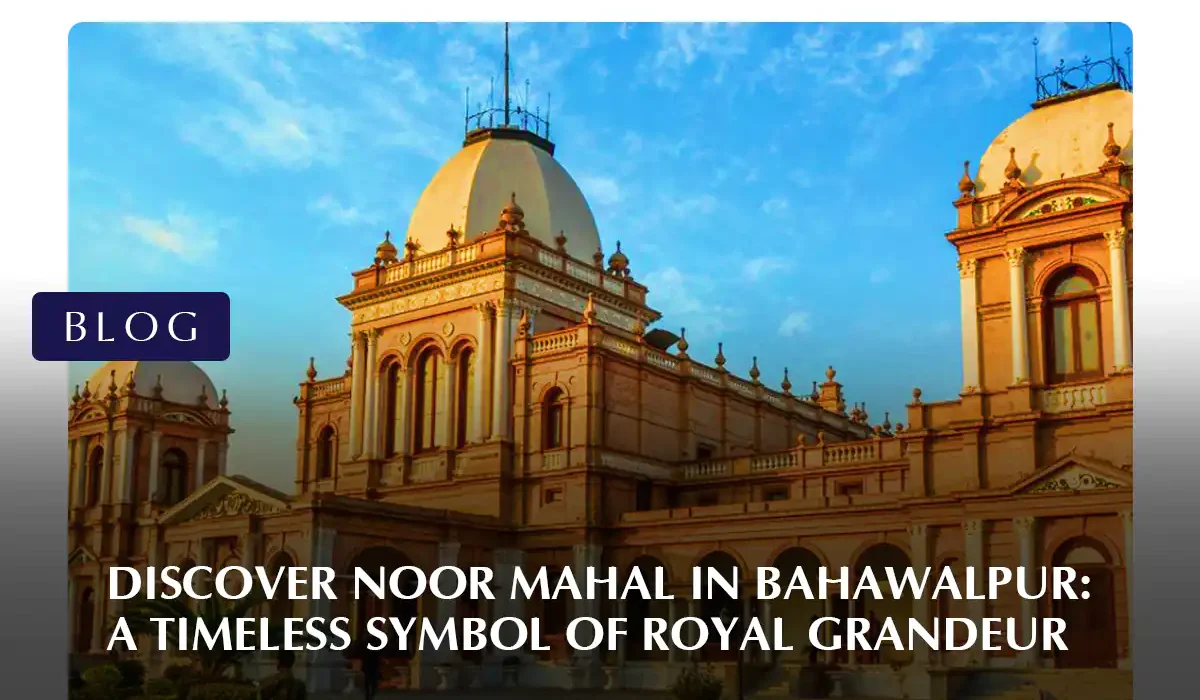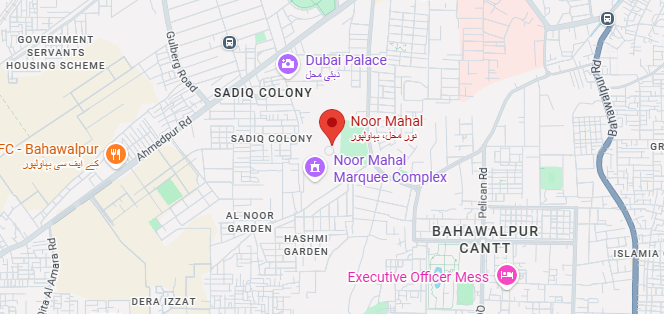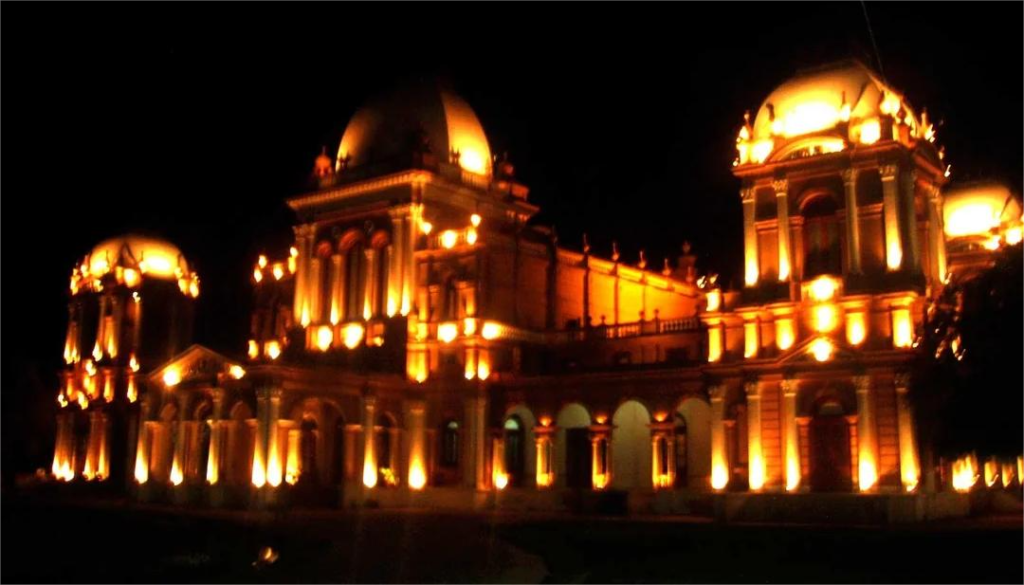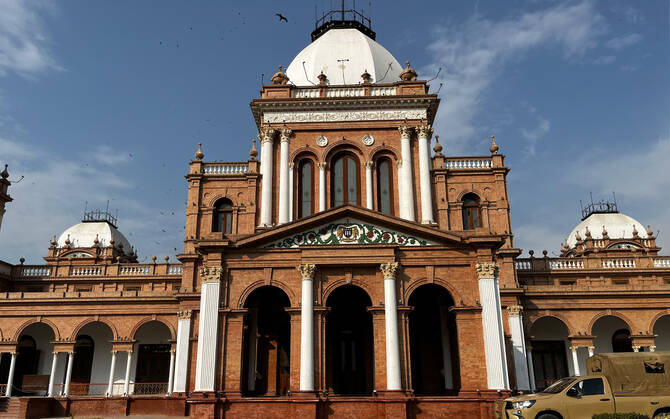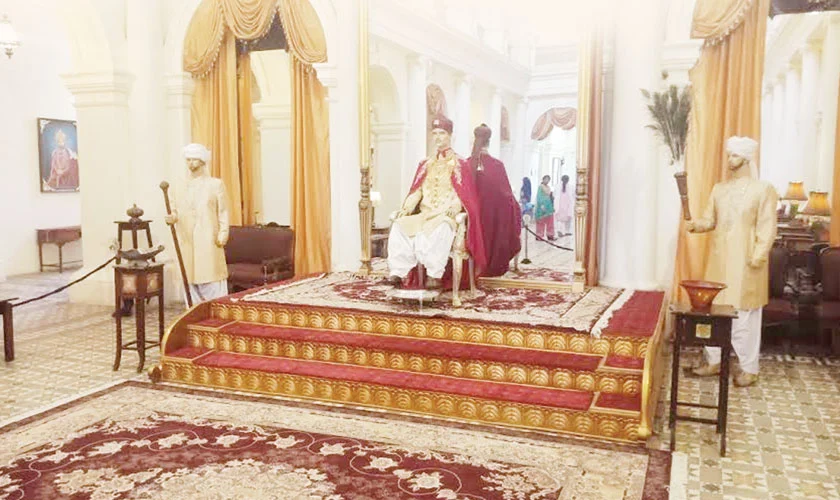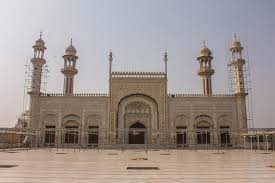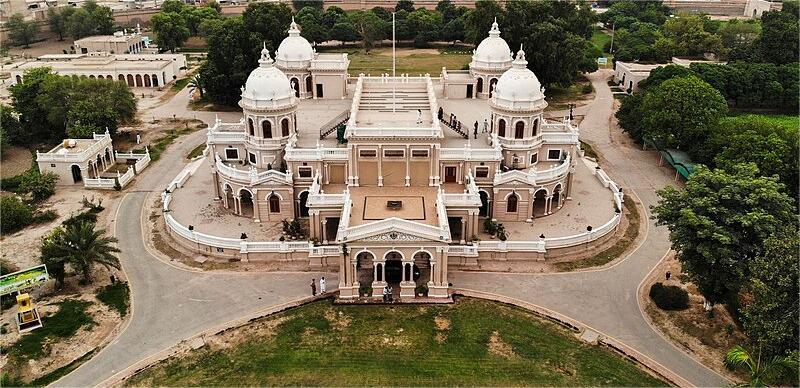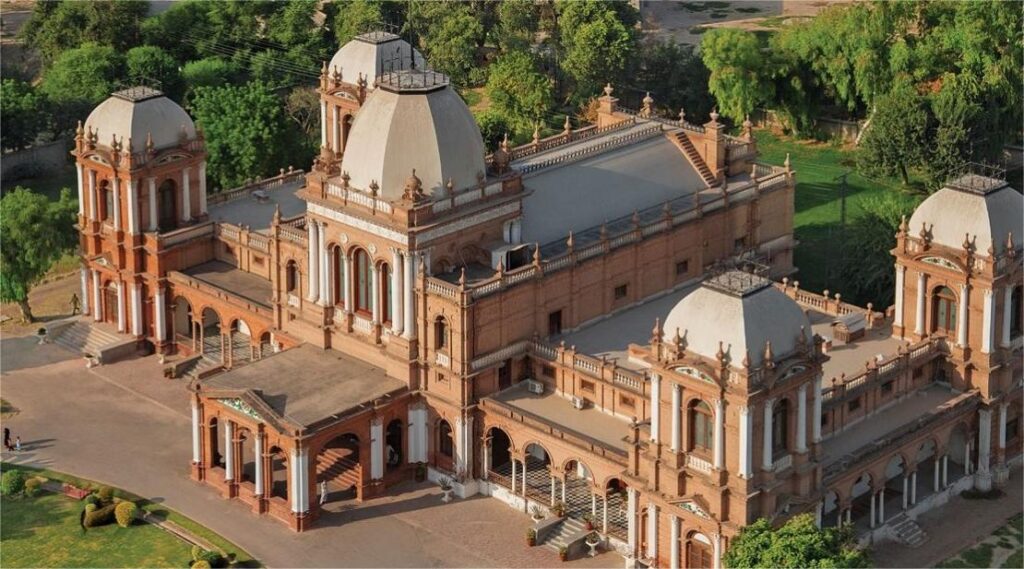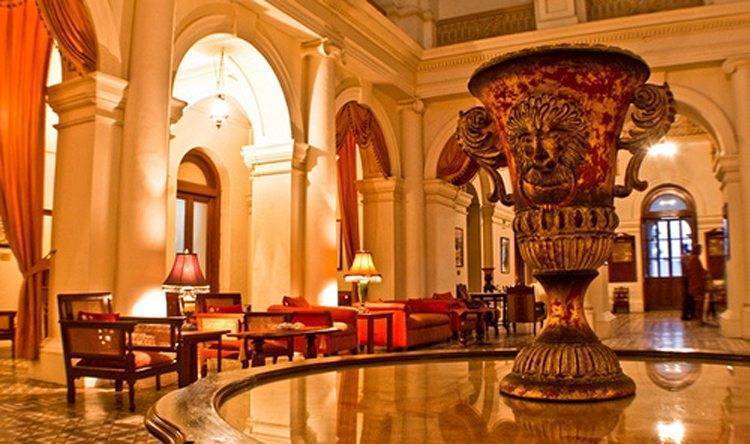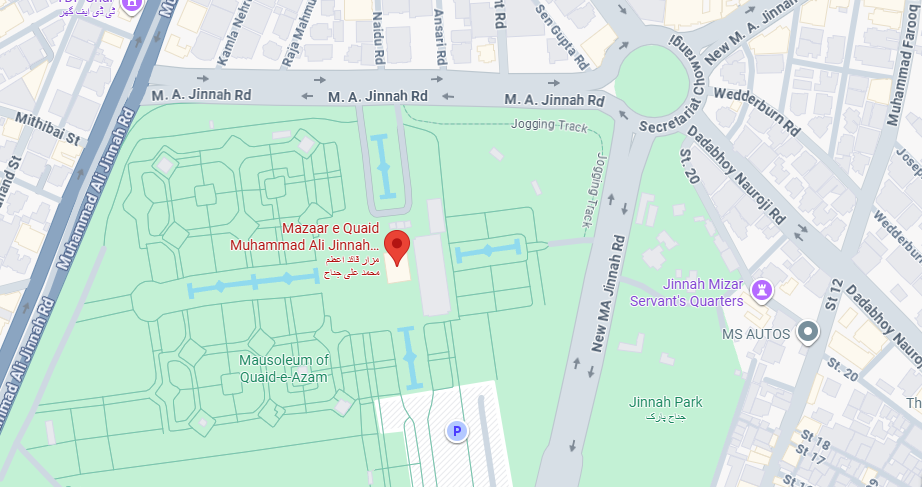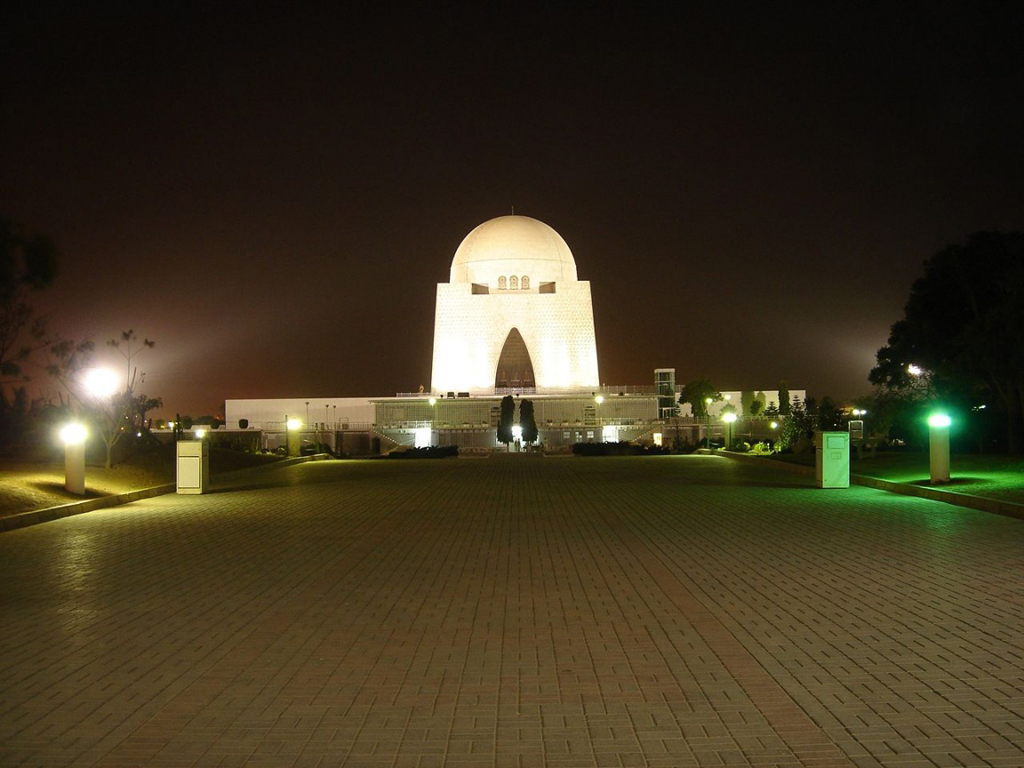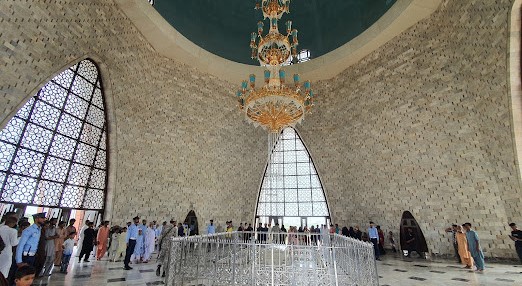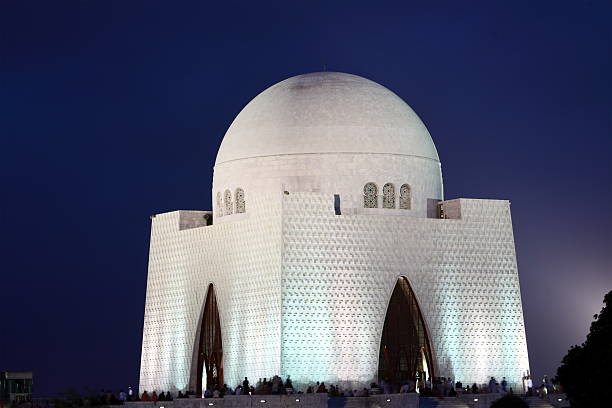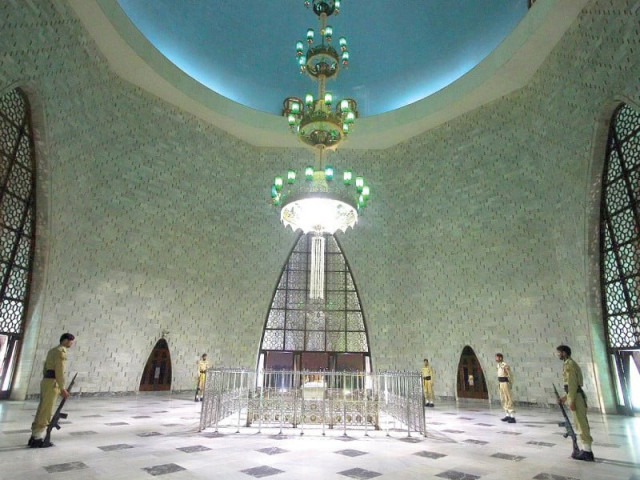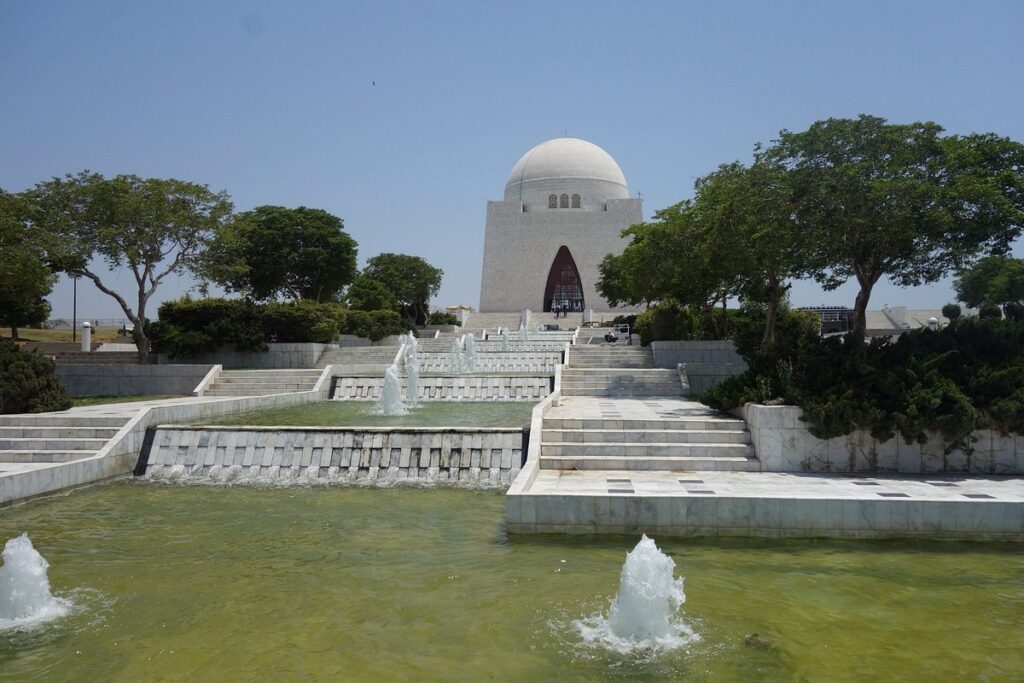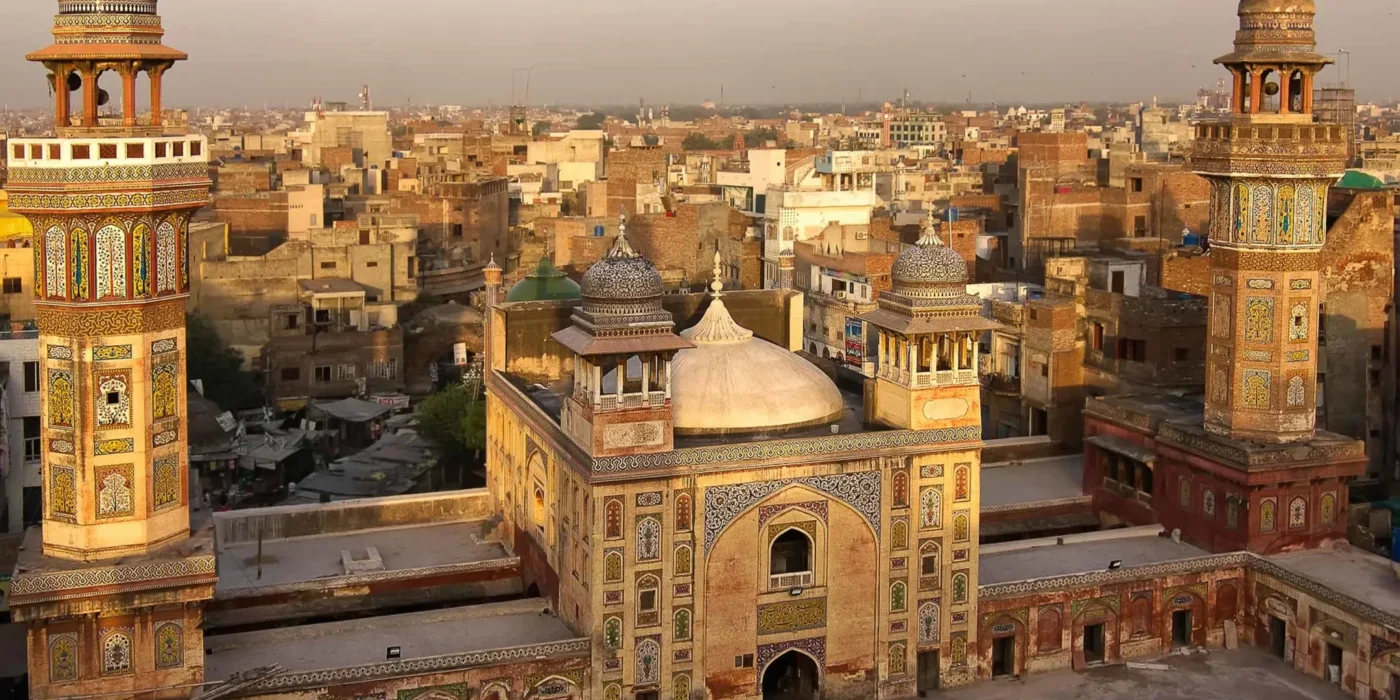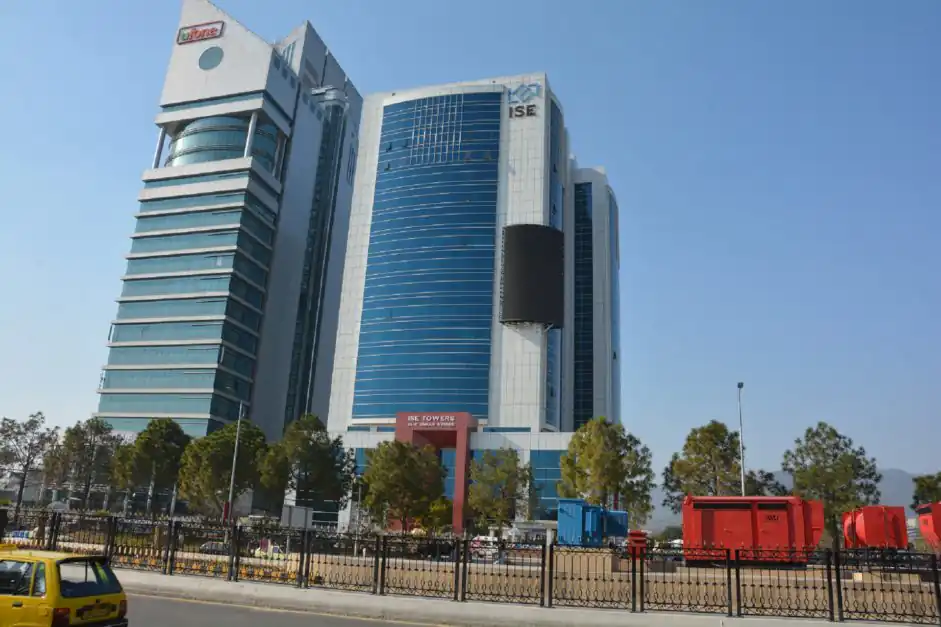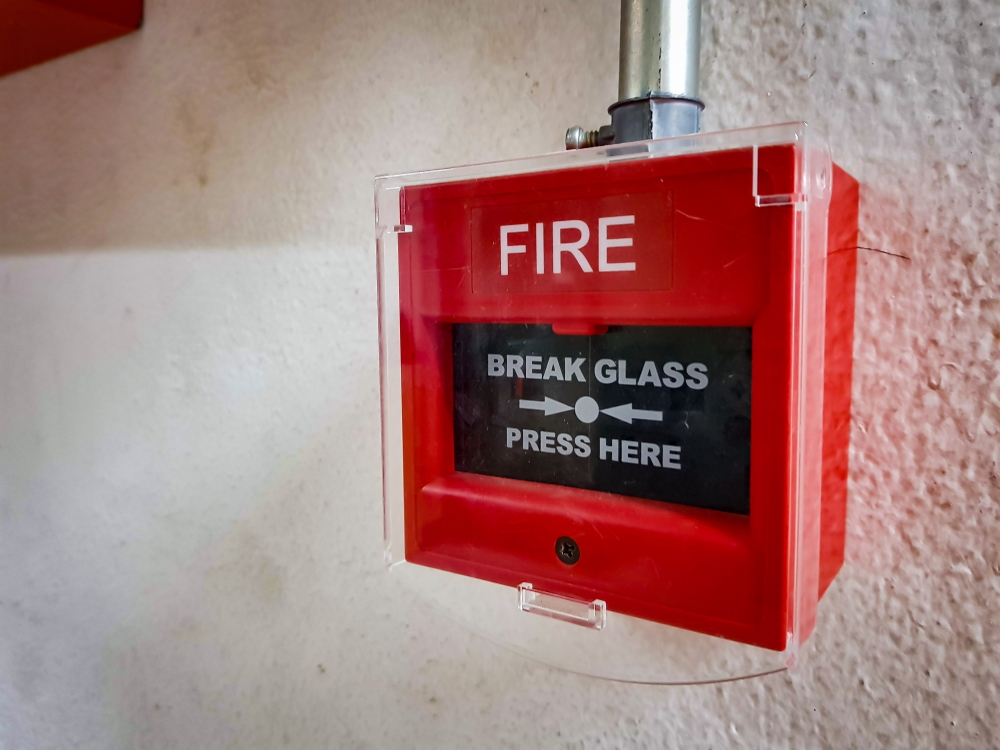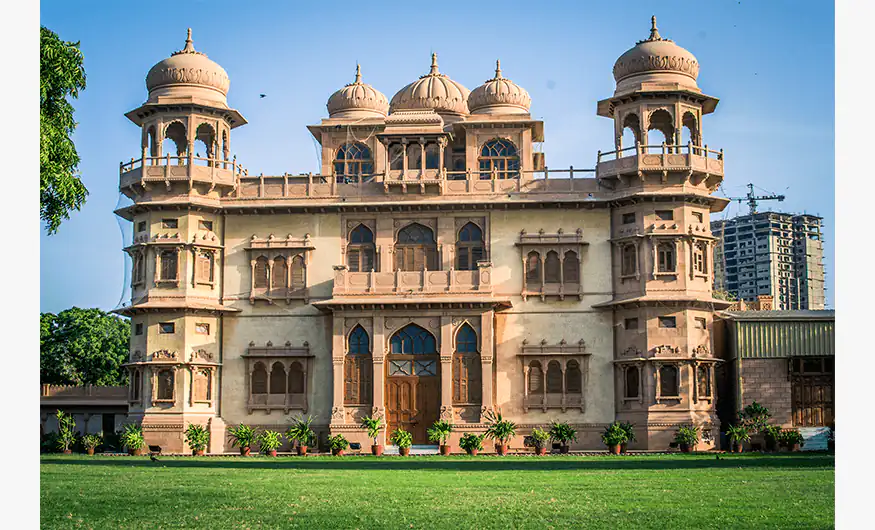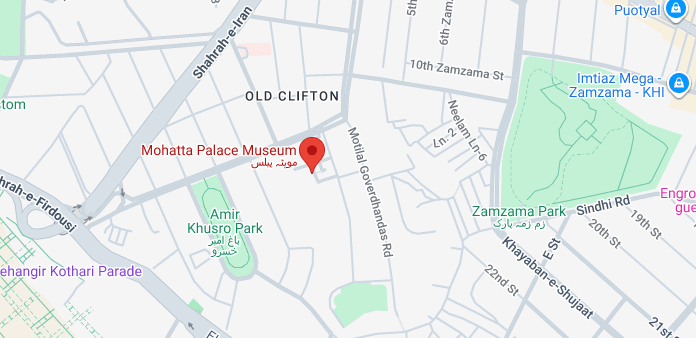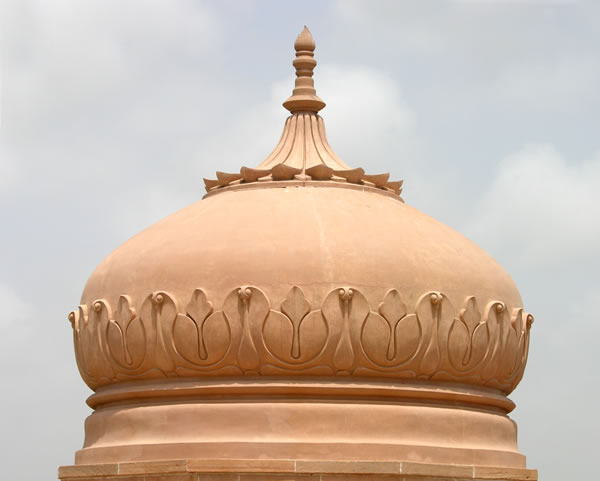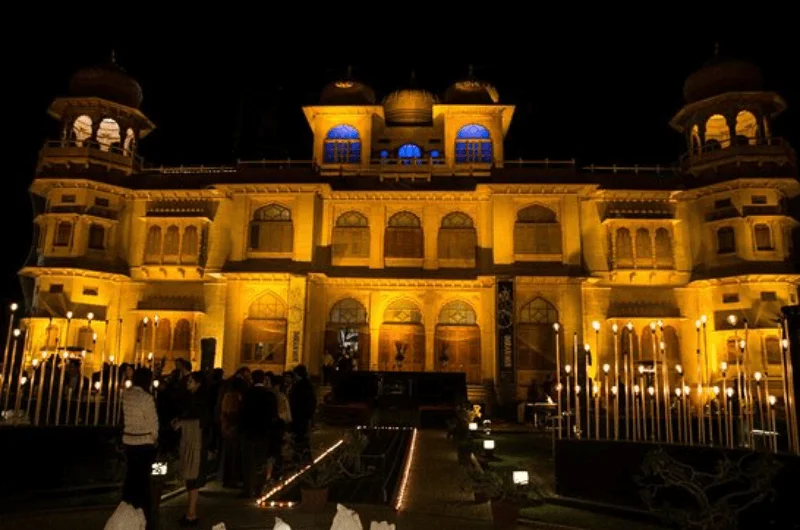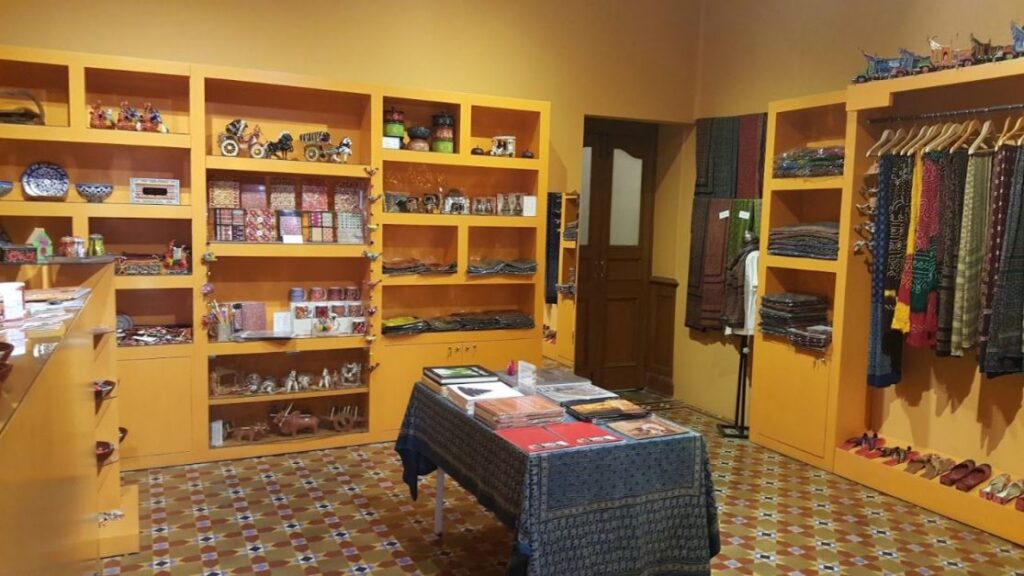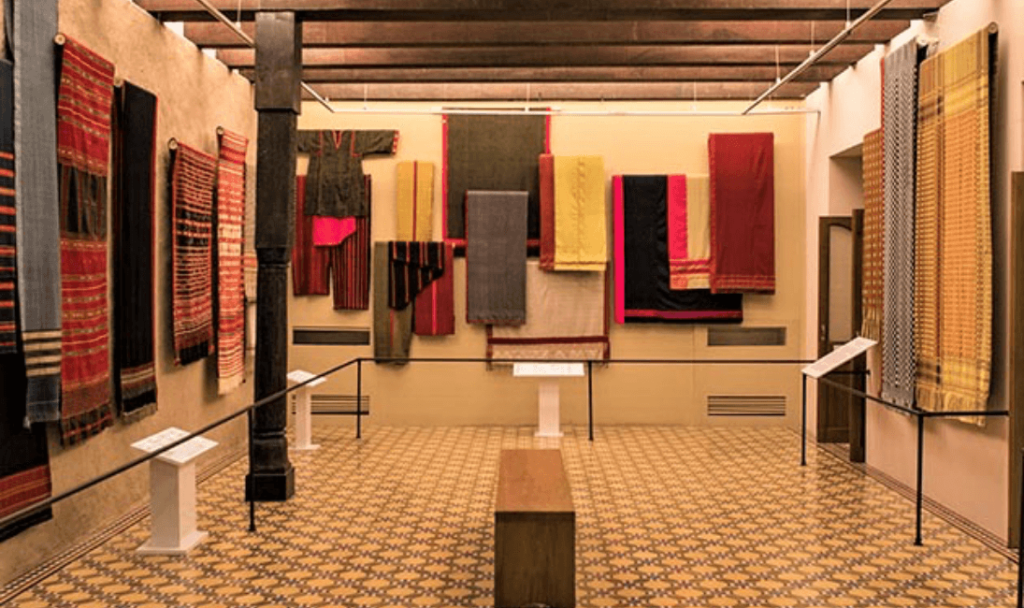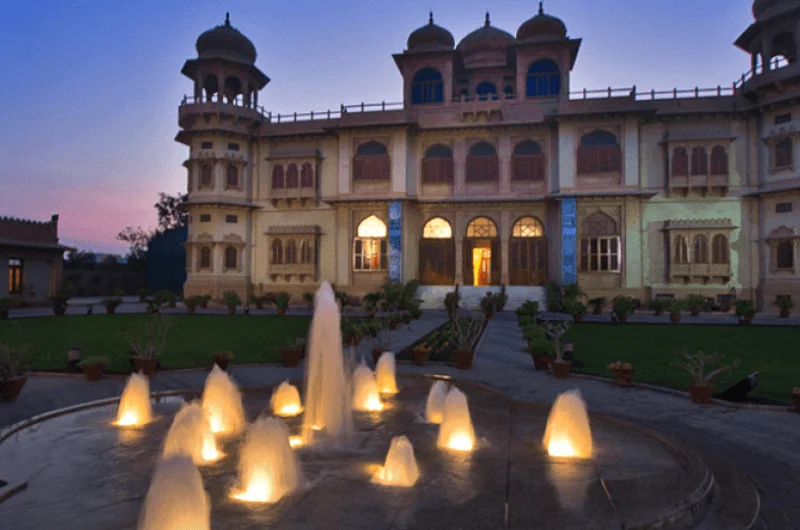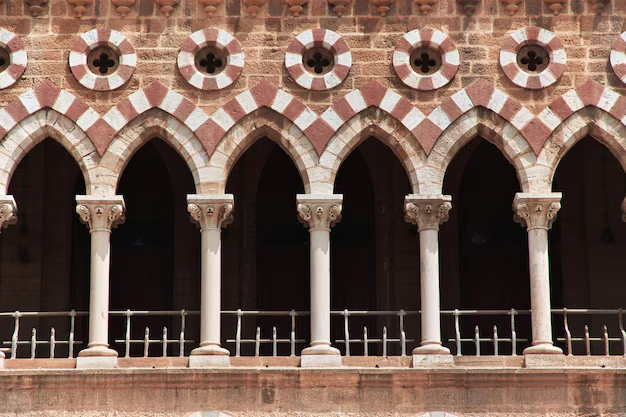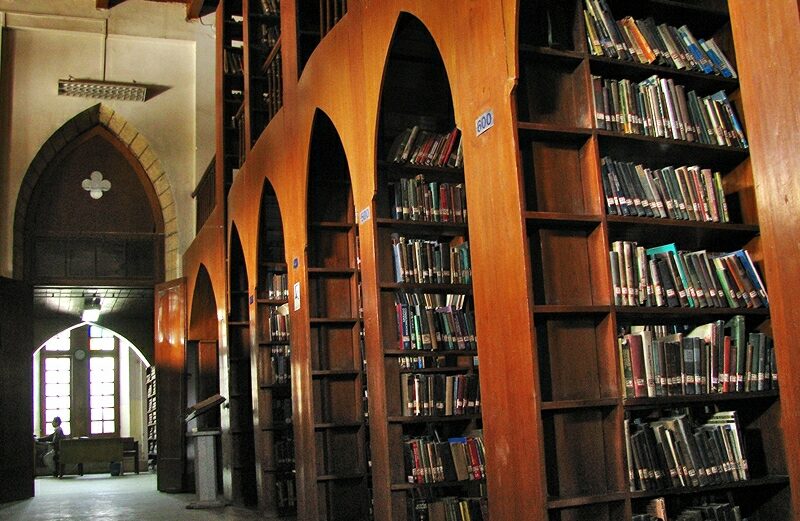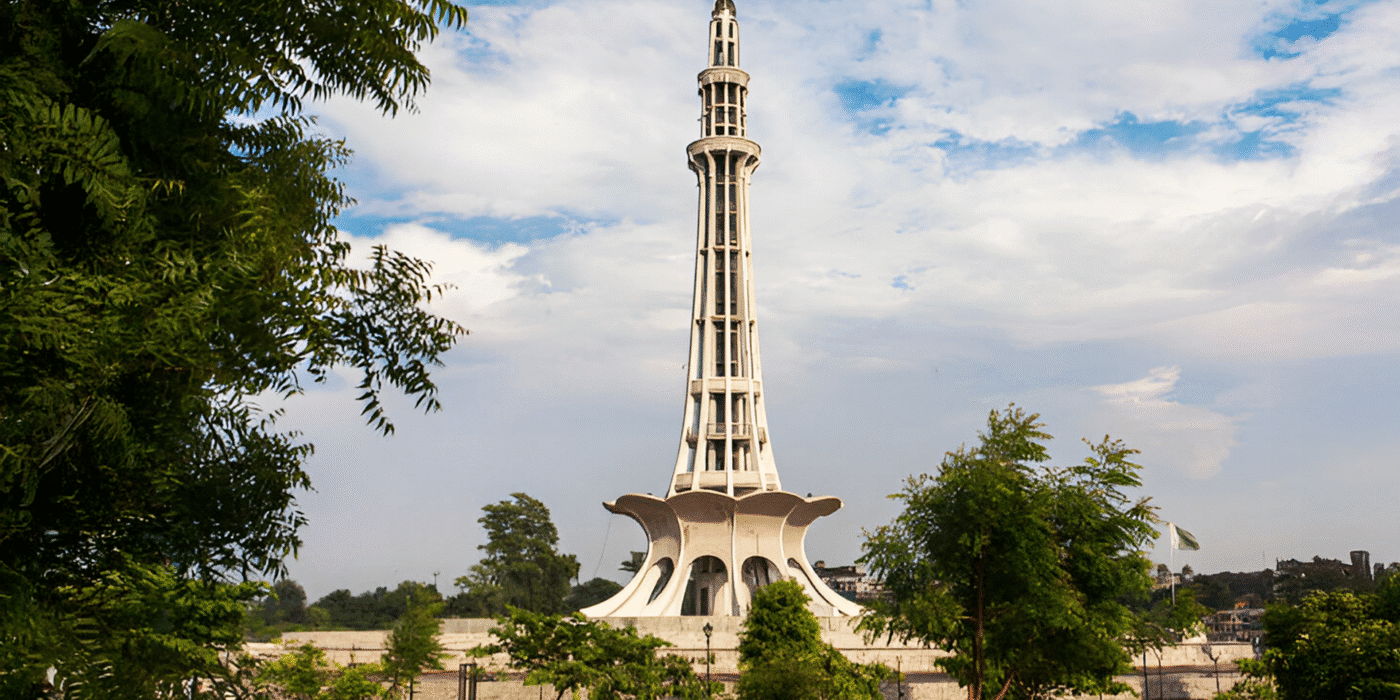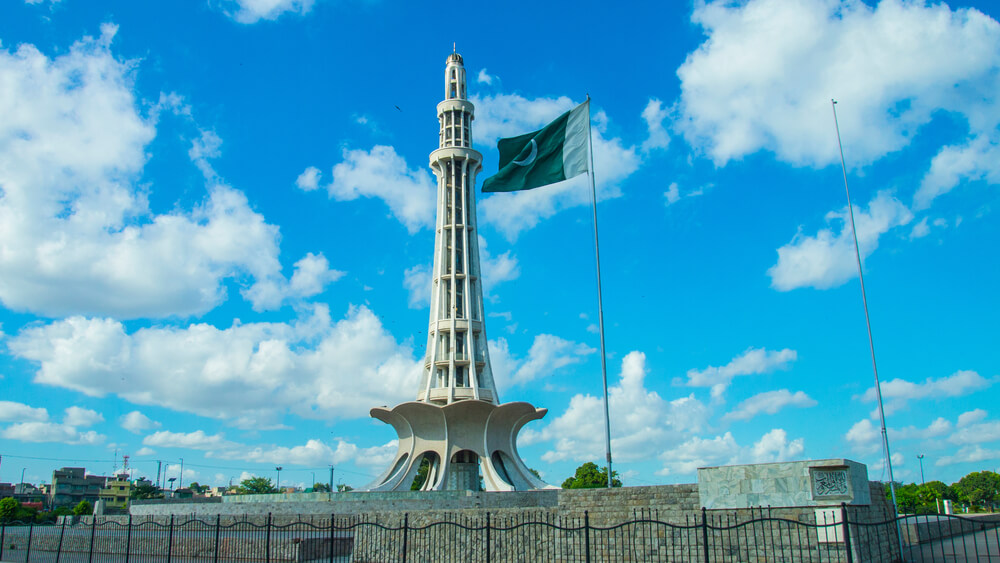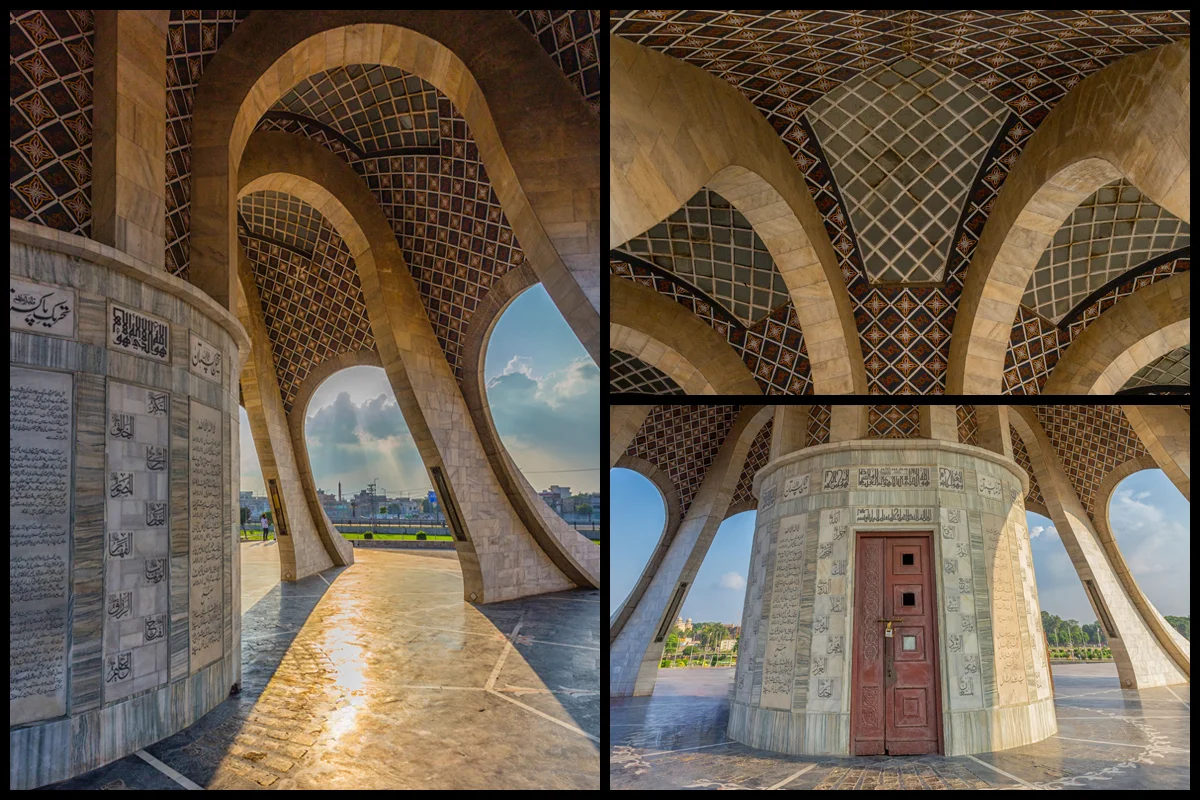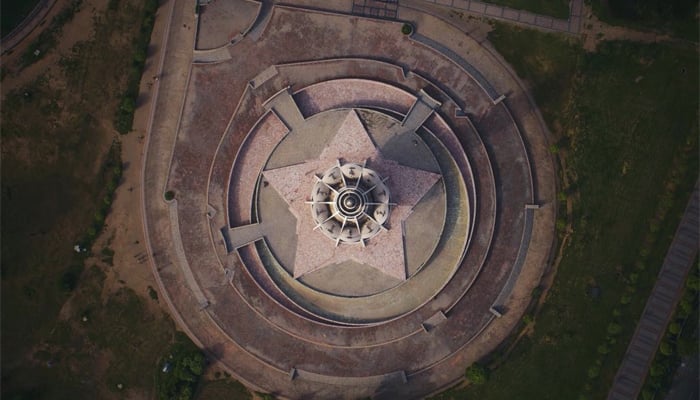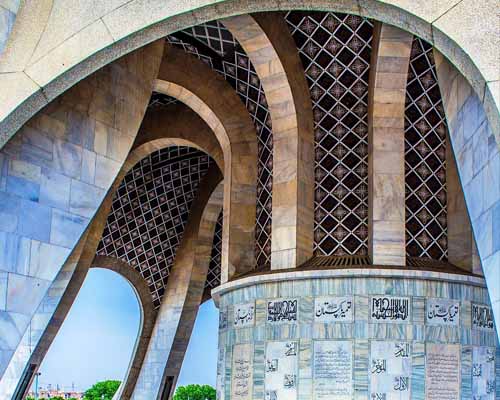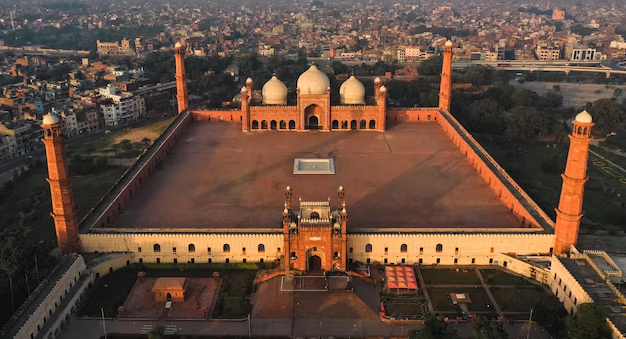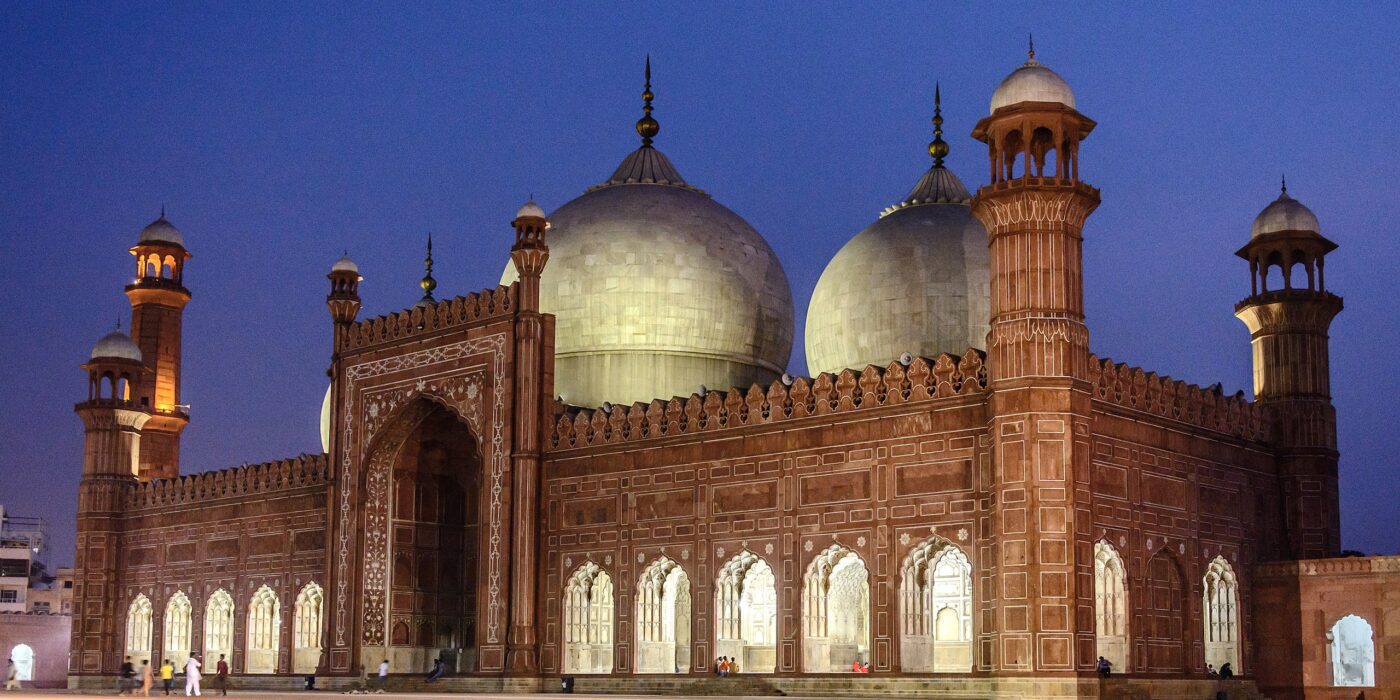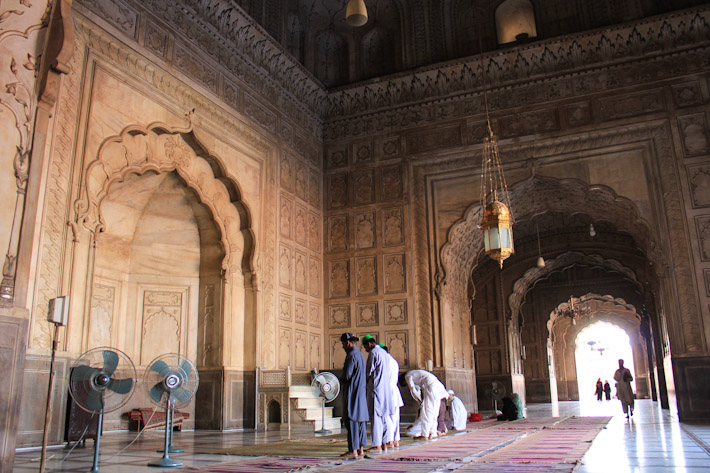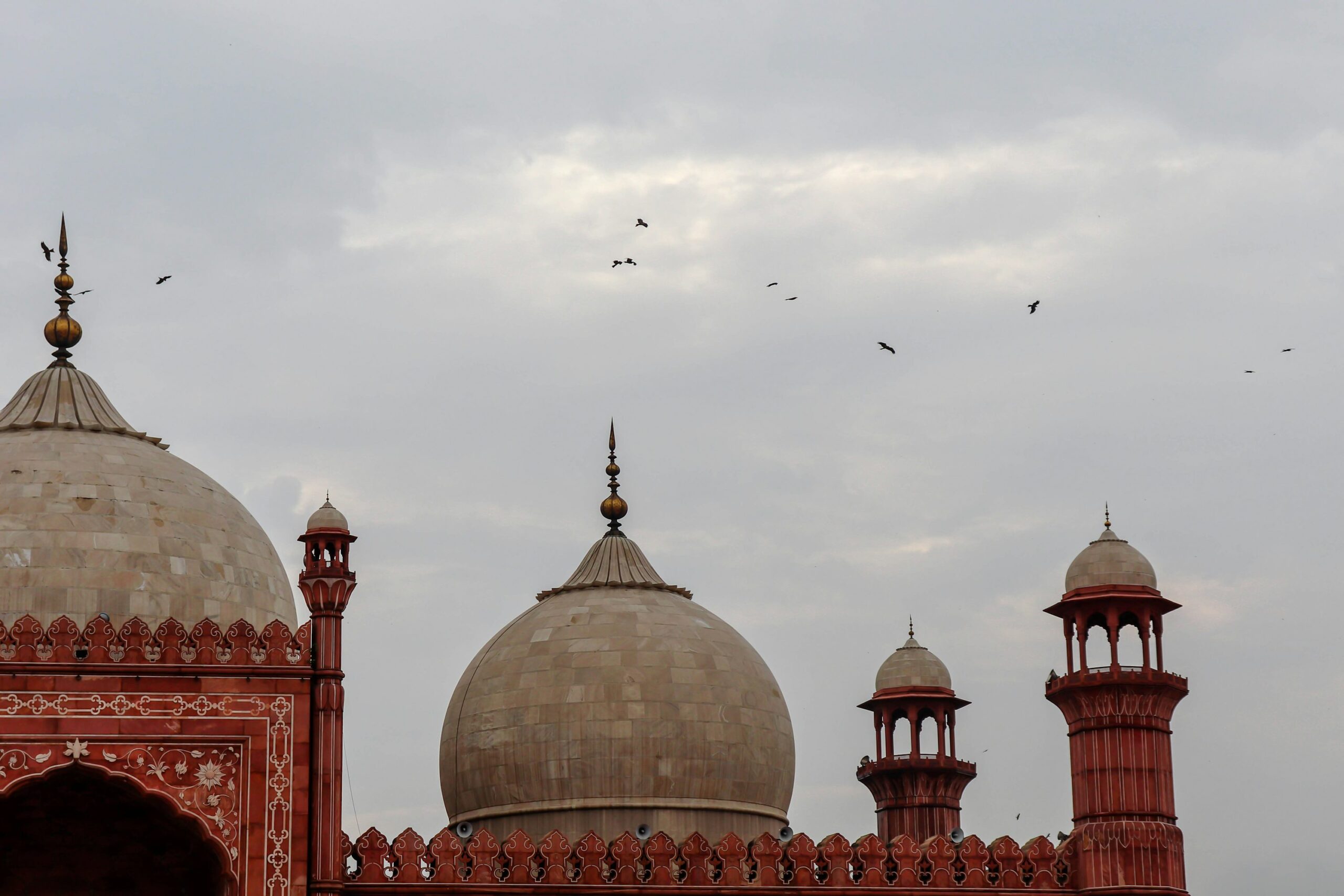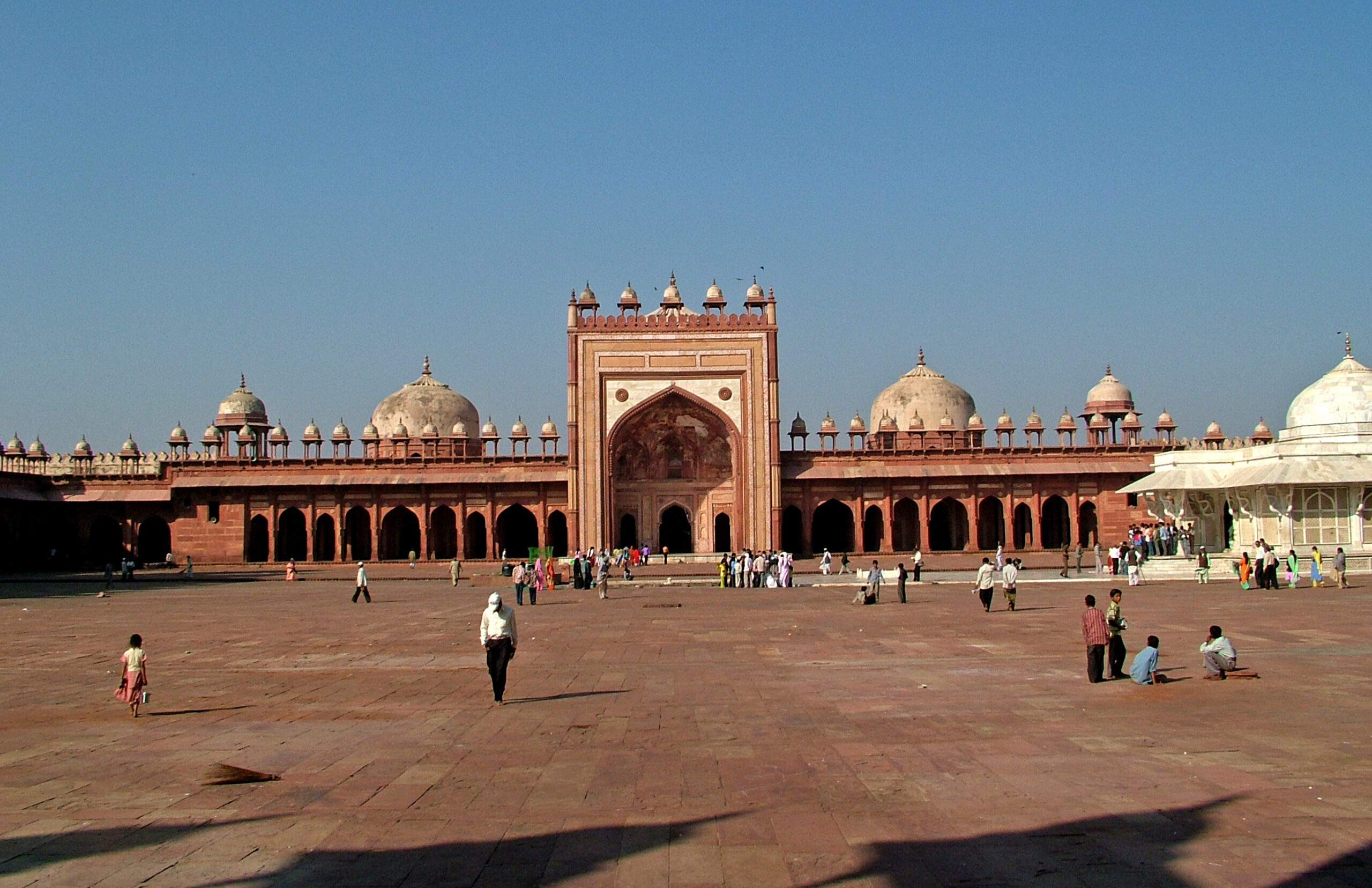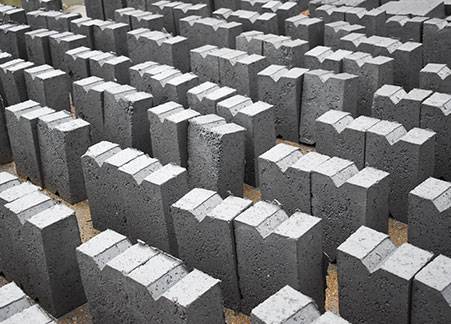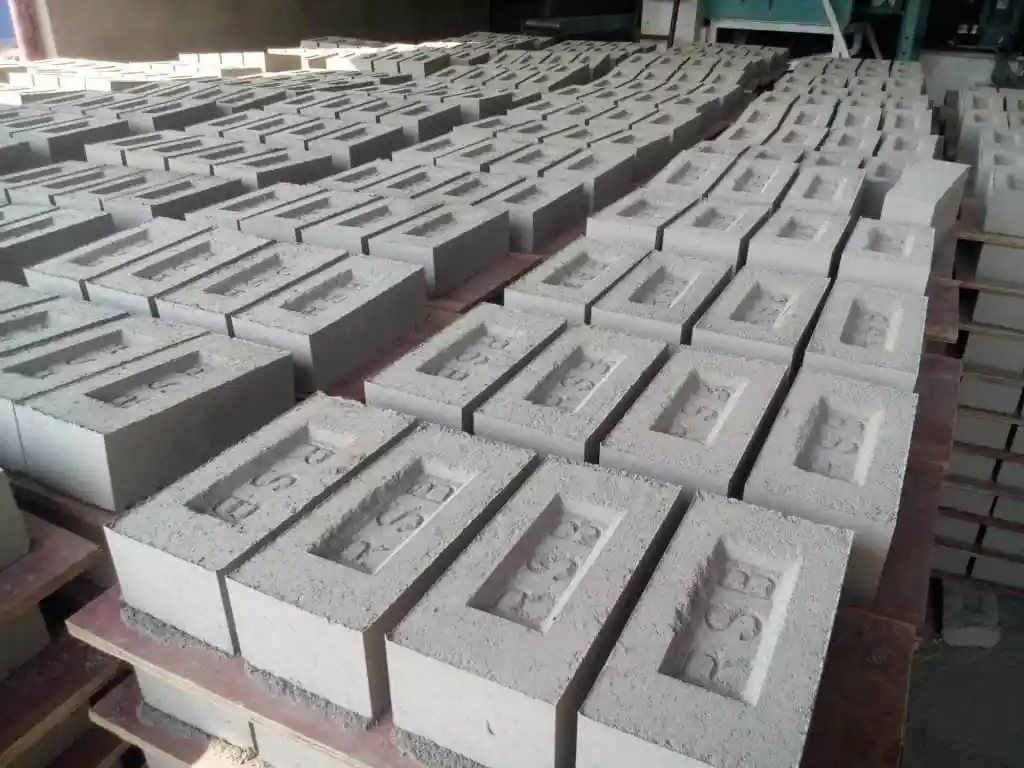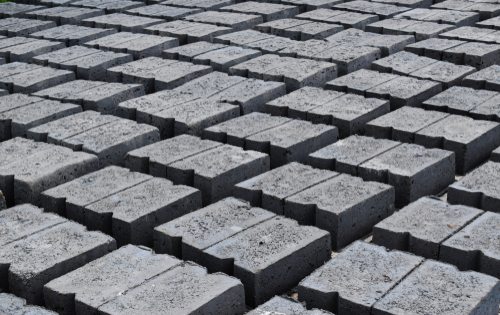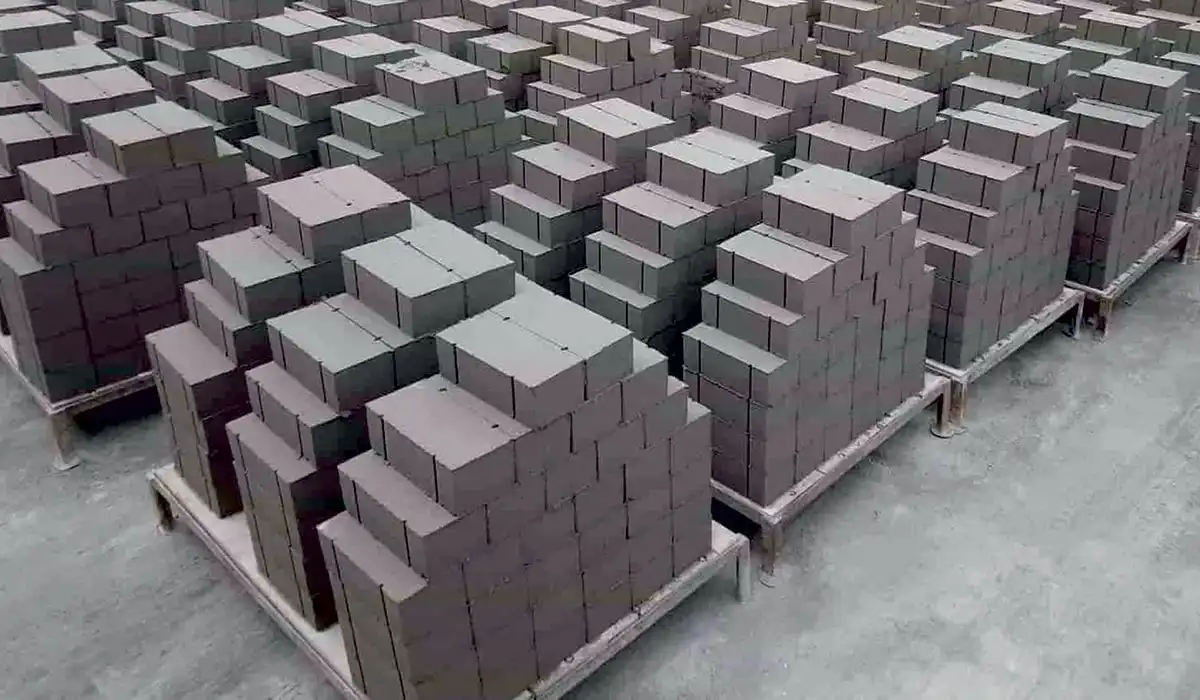Shalamar Garden: Complete Guide to Lahore’s Historic Landmark (2025)
Built during the golden age of the Mughal Empire, Shalamar Garden in Lahore stands as a timeless symbol of beauty, art, and royal elegance. Designed by Emperor Shah Jahan in 1641, this UNESCO World Heritage Site reflects the perfection of Mughal architecture. From intricate marble pavilions to 400 sparkling fountains and lush greenery, every corner of Shalamar Garden Lahore tells a story of grace and grandeur. In this blog, you’ll find everything you need to know, from its history and architecture to Shalamar Garden’s timing and travel tips.
Why Visit Shalamar Garden Lahore?
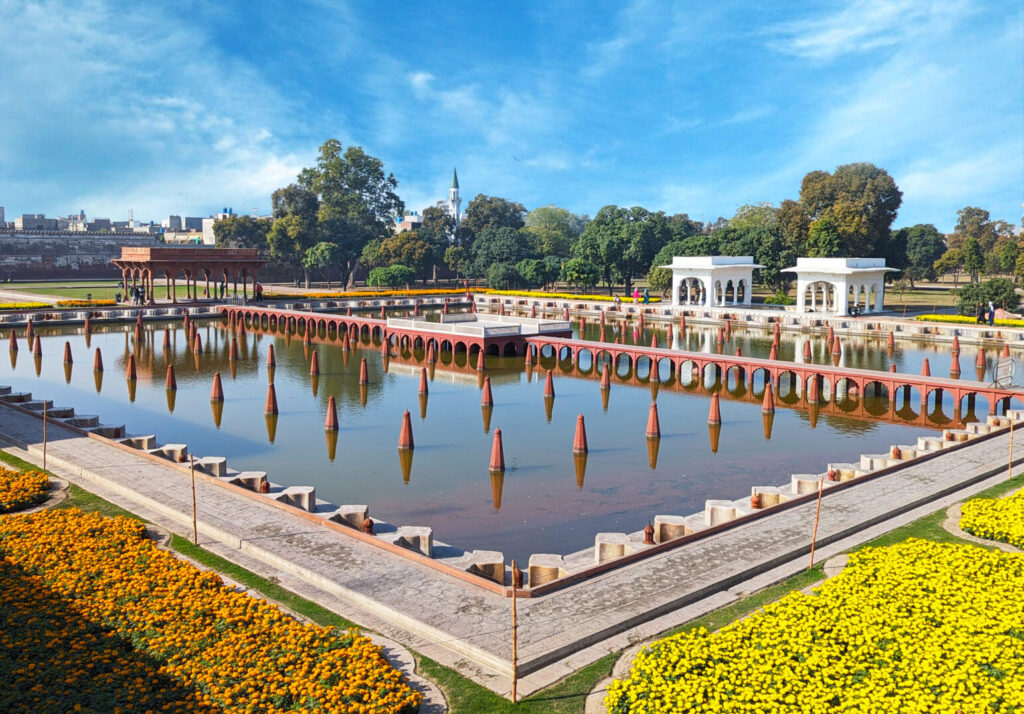
Shalamar Garden is one of the most remarkable landmarks in Lahore and a proud reminder of the Mughal Empire’s architectural brilliance. Built in the 17th century under Emperor Shah Jahan, it reflects the Mughal vision of paradise on earth: a perfect balance of design, nature, and water.
UNESCO World Heritage Site
Shalamar Garden was added to the UNESCO World Heritage list in 1981 as part of Lahore Fort and Shalamar Garden. It is protected for its cultural and historical importance. The garden’s water system, architecture, and layout represent the finest achievements of Mughal-era engineering and aesthetics.
Unique Value Among Mughal Gardens
- Designed in the Charbagh style, a Persian-inspired four-part layout divided by water channels and walkways.
- Built on three descending terraces, each serving a unique function: royal, residential, and public.
- Home to 410 fountains, marble pavilions, and elegant cascades that create a soothing atmosphere.
- Represents the height of Mughal garden art, combining geometry, beauty, and spiritual symbolism.
Location and Appeal
Shalamar Garden is located in Baghbanpura, Lahore, about five kilometers from the Walled City. Its serene setting, flowing water, and lush greenery make it a peaceful retreat for locals and tourists alike.
The garden’s charm lies in its quiet elegance, a perfect place to experience Lahore’s royal past in a calm, natural environment.
Location Information
| Detail | Information |
| Address | Shalamar Garden is located in Baghbanpura, Lahore, about 5 kilometers from Delhi Gate on the Grand Trunk Road. |
| Size and Area | 16 hectares (approximately 40 acres). |
| Date of Construction | Construction began in 1641 and was completed in 1642 under the rule of Emperor Shah Jahan. |
| UNESCO World Heritage Status | Inscribed on the UNESCO World Heritage list in 1981 as part of “Lahore Fort and Shalamar Gardens.” |
Address
Shalamar Garden is located in Baghbanpura, Lahore, about five kilometers from Delhi Gate on the Grand Trunk Road. The site is easily accessible by car, taxi, or public transport from anywhere in the city.
Size and Area
The garden covers around 16 hectares, which is roughly 40 acres of land. It is one of the largest surviving Mughal gardens in Pakistan and is known for its wide layout, long water channels, and open green spaces.
Date of Construction
Work on Shalamar Garden began in 1641 during the reign of Emperor Shah Jahan. It was completed in 1642, taking just over a year to finish.
The emperor ordered its creation as a royal retreat and a reflection of paradise on earth.
UNESCO World Heritage Status
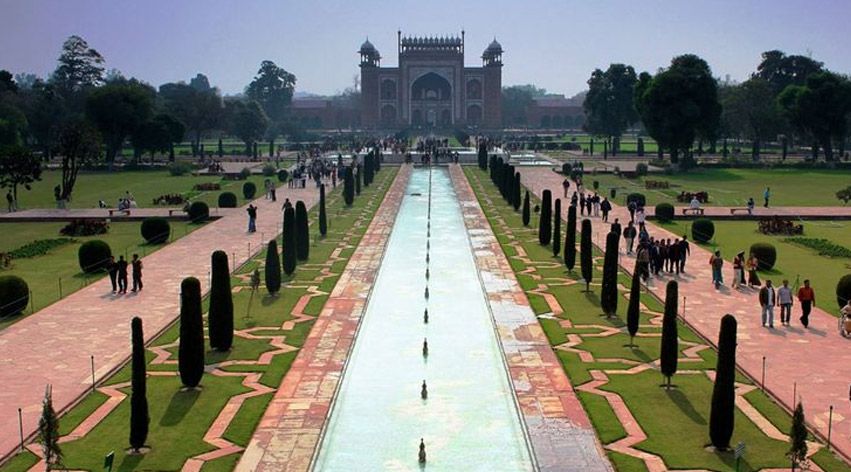
In 1981, Shalamar Garden was added to the UNESCO World Heritage list as part of “Lahore Fort and Shalamar Gardens.” This status highlights its cultural, architectural, and historical importance as one of the finest examples of Mughal garden design in the world.
History of Shalamar Garden
The Shalamar Garden has a rich history that reflects the vision and artistry of the Mughal Empire. It was designed as a royal retreat and a symbol of peace, beauty, and power. The story of its creation and preservation spans several centuries.
Inspiration and Early Concept (Early 1600s)

The idea for Shalamar Garden was inspired by the earlier Shalimar Gardens in Kashmir, which were built during the reign of Emperor Jahangir. The Mughal emperors were known for their love of gardens that combined water, greenery, and architecture to represent paradise on earth.
When Emperor Shah Jahan came to power, he wanted to create a similar masterpiece in Lahore, a city he considered the heart of Mughal culture.
Construction under Shah Jahan (1641–1642)
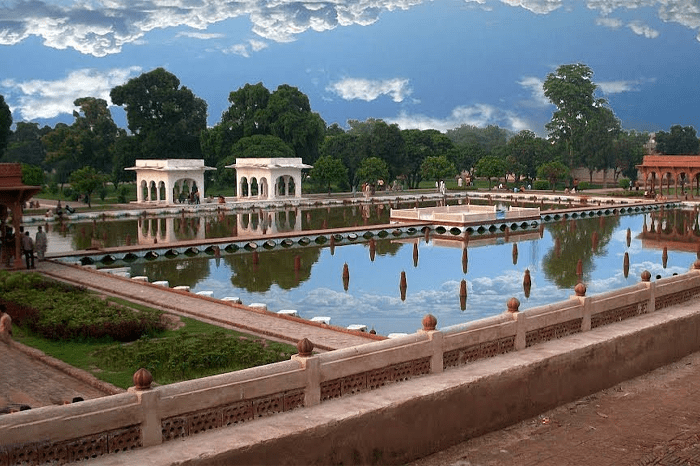
The construction of Shalamar Garden began in 1641 and was completed in 1642. It was built under the rule of Emperor Shah Jahan, the same emperor who commissioned the Taj Mahal.
The garden was designed with help from Ali Mardan Khan, a nobleman and engineer in the Mughal court who supervised its planning and water systems. The project also involved skilled architects, gardeners, and craftsmen from across the empire.
Together, they created a garden that blended Persian style with Mughal refinement, using advanced hydraulic systems and artistic design.
Use During the Mughal Era (1642–1707)
During the Mughal period, Shalamar Garden served as a royal leisure retreat and a venue for official receptions and celebrations. Members of the royal family often visited the garden to relax by the fountains and enjoy musical performances.
It was a private sanctuary that symbolized the grandeur and grace of the Mughal court.
Sikh and Colonial Periods (1799–1947)
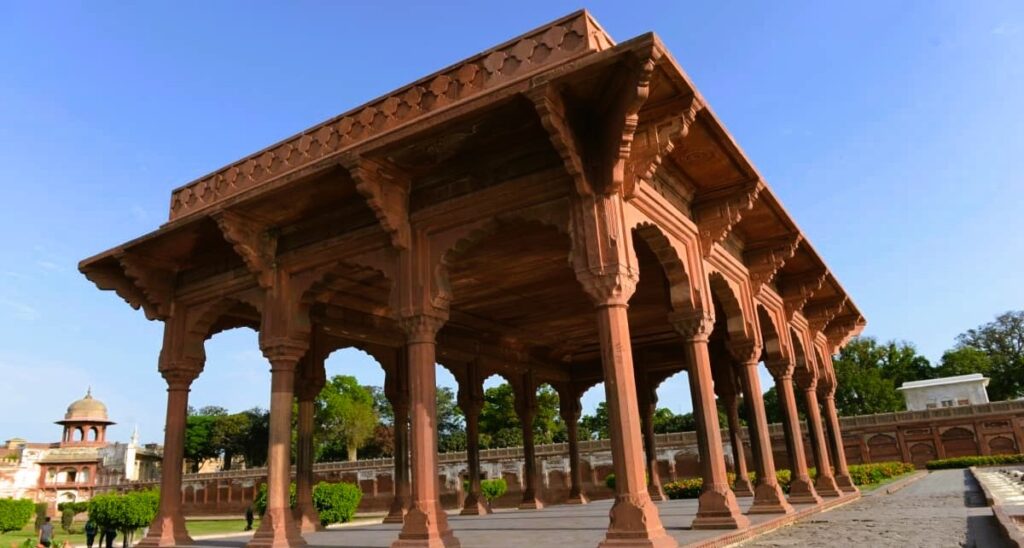
After the decline of the Mughal Empire, the garden fell under Sikh rule in the early 19th century. During this time, parts of the garden were damaged, and some decorative elements were removed.
The once private royal retreat became a public space but lost much of its original splendor. When the British colonial government took control of Lahore, they recognized the garden’s historical importance and began basic restoration work.
Pathways and fountains were repaired, and some sections were rebuilt to preserve the original Mughal layout.
Modern Era and UNESCO Recognition (1947–Present)
In the 20th century, Shalamar Garden received greater protection as Pakistan’s government and international organizations focused on conserving Mughal heritage.
In 1981, it was declared a UNESCO World Heritage Site, ensuring ongoing preservation efforts.
Today, it stands as a reminder of Lahore’s royal past and remains one of the city’s most visited historical attractions.
Architecture & Layout
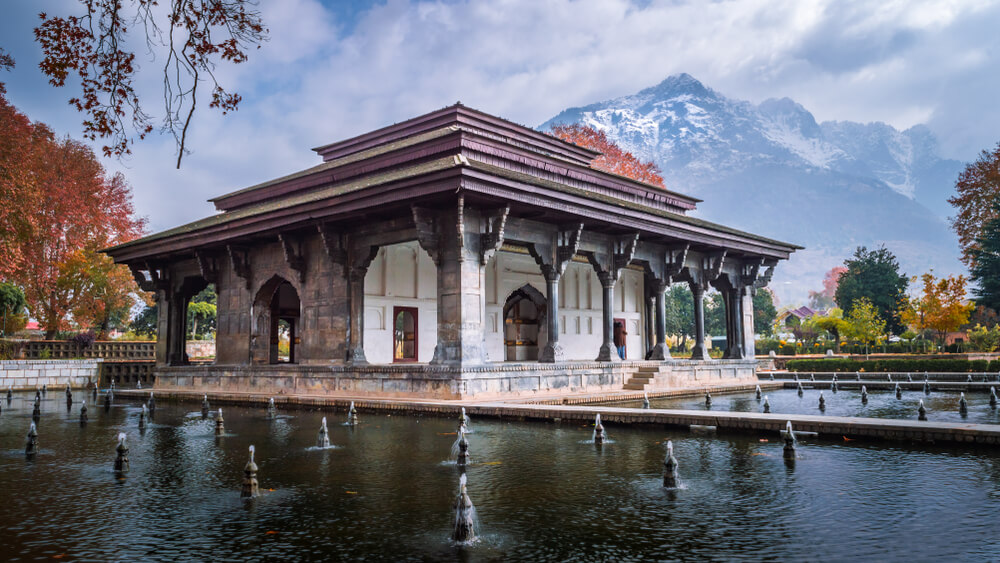
The Shalamar Garden is a masterpiece of Mughal design where nature, architecture, and symmetry come together beautifully. Every part of the garden was built with purpose and precision, creating a calm and balanced atmosphere.
Persian-Style Charbagh Design

The garden’s layout follows the Persian Charbagh style, which represents paradise through water, greenery, and geometry. It is built on three descending terraces, each with its own name and purpose.
- Bagh-e-Farah Baksh means The Bestower of Pleasure. It was used by the royal family for private gatherings.
- Bagh-e-Faiz Baksh means The Bestower of Goodness. It was meant for guests and court officials.
- Bagh-e-Hayat Baksh means The Bestower of Life. It was open for the public and special events.
The terraces are connected through marble cascades and flowing water channels. The gradual slope allows water to move smoothly from one terrace to the next, creating a peaceful sound and a cooling effect in the air.
Dimensions and Structure
Shalamar Garden stretches about 658 meters from north to south and 258 meters from east to west. The rectangular shape and balanced proportions highlight Mughal love for order and harmony.
The entire garden is enclosed by high brick walls with arched entrances and decorated patterns that separate it from the busy surroundings.
Water Engineering and Fountains
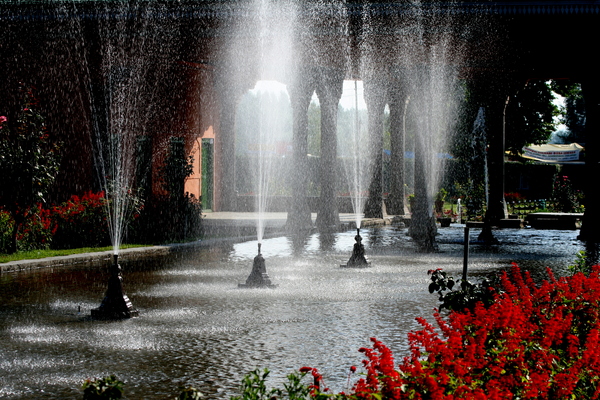
The water system of the garden is one of its most impressive features. There are more than 410 fountains arranged across the three terraces.
These fountains are powered by a natural pressure system that pushes water through stone channels into pools and marble basins.
The sound of running water and the sight of fountains create a refreshing and relaxing atmosphere. The design shows the advanced understanding of engineering during the Mughal period.
Walls, Pavilions, and Plantings
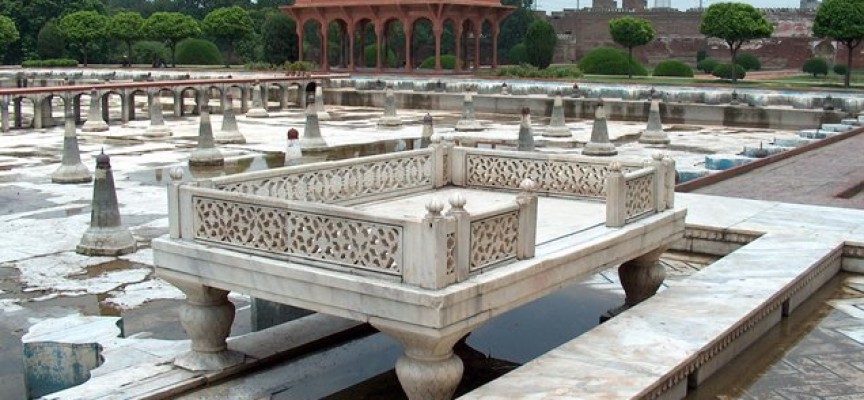
Tall red sandstone walls protect the garden from outside noise and heat. Inside, beautifully designed pavilions and baradaris add elegance to the open landscape. These structures have marble floors, carved pillars, and open spaces that let air and light flow freely.
Rows of cypress and poplar trees line the walkways, symbolizing strength and life. Flowering plants and fruit trees fill the garden with color and fragrance.
Every element is arranged in perfect symmetry, making Shalamar Garden not just a garden but a living work of art.
Visitor Information
| Detail | Information |
| Date of Construction | 1641–1642 |
| Opening Hours | 8:00 AM – 6:00 PM |
| Entry Fee | Affordable; discounts for students and children |
| Means of Transport | Car, taxi, public transport, ride-sharing apps |
| Nearby Attractions | Lahore Fort, Badshahi Mosque, Walled City of Lahore |
Visiting Shalamar Garden is a must for anyone exploring Lahore. The site is easy to reach, well-maintained, and open to visitors throughout the week. Here is everything you need to know before planning your visit.
Opening Hours
Shalamar Garden is open daily from 8:00 AM to 6:00 PM. It is best to confirm the timing before your visit, as hours may vary slightly on public holidays or during special events.
Entry Fee
The entry fee is generally affordable for both locals and tourists. Children, students, and senior citizens may receive discounted rates. It is recommended to check the latest ticket price at the entrance gate.
How to Reach?
The garden is located in Baghbanpura, Lahore, near the Grand Trunk Road. It is about five kilometers from the Walled City and can be reached easily by car, taxi, or public transport.
Visitors can also hire ride-sharing services from anywhere in Lahore. The route is straightforward, and signboards along the way guide visitors to the main entrance.
Best Time to Visit
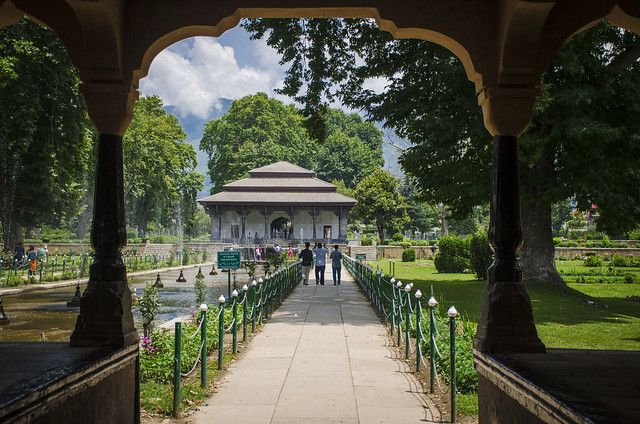
The best time to visit Shalamar Garden is in the morning or early afternoon. During these hours, the temperature is pleasant, and the fountains are active. The natural light highlights the marble structures and water reflections beautifully.
Late afternoon is also a good time for photography as the sun softens and the garden grows quieter.
Nearby Attractions

Shalamar Garden is part of the “Lahore Fort and Shalamar Gardens” UNESCO World Heritage group. It pairs perfectly with a visit to Lahore Fort, which is located a short drive away. Other nearby attractions include:
- Walled City of Lahore
- Badshahi Mosque
- Hazuri Bagh
Why Shalamar Garden Stands Out?
- Masterpiece of Mughal Design: Represents the height of Mughal garden architecture with perfect symmetry, proportion, and balance.
- UNESCO Recognition: Listed under UNESCO World Heritage criteria (i), (ii), and (iii) for its outstanding cultural and artistic value.
- Architectural Harmony: Combines architecture, water channels, fountains, and vegetation in a seamless, peaceful layout.
- Engineering Excellence: Features an advanced hydraulic system that still functions, showing the skill of Mughal engineers.
- Natural Beauty: Shaded trees, flowing water, and open terraces create a refreshing and serene environment.
- Well Preserved: One of the best-preserved Mughal gardens in South Asia, maintaining its original layout and design for nearly four centuries.
- Cultural Symbol: Stands as a timeless reminder of Lahore’s royal heritage and the artistic brilliance of the Mughal Empire.
FAQs About Shalamar Garden
Following are some of the top FAQs regarding Shalamar Garden, Lahore.
Who built Shalamar Garden at Lahore?
Emperor Shah Jahan built the Shalamar Garden in 1641–1642.
What is the history of Shalamar Garden?
It was built during the Mughal era as a royal retreat and symbolizes paradise on earth.
Who built the Lahore Fort and Shalamar Gardens?
The Lahore Fort was also expanded and beautified by Emperor Shah Jahan, though its foundation dates back to earlier Mughal rulers.
Where does the name Shalamar come from?
The name “Shalamar” is derived from Sanskrit, meaning “abode of love” or “place of joy.”
What is the entry fee for Shalamar Garden?
The entry fee is affordable for locals and tourists, with possible discounts for students and children.
What is special about Lahore Fort and Shalamar Garden?
It showcases perfect Mughal symmetry, with flowing fountains, marble terraces, and lush greenery.
What is Shalamar famous for?
Shalamar Garden is famous for its 410 fountains, three terraces, and UNESCO World Heritage status.
What do you see when you visit Shalamar Garden?
Visitors can explore water channels, marble pavilions, shaded trees, and historic Mughal architecture.
What does the word Shalamar mean?
It means “abode of love” or “place of beauty.”
How much is the ticket for Shalamar Bagh Lahore?
Tickets are inexpensive and vary slightly by visitor category.
What is the entry fee for Shalamar Bagh?
The ticket price is modest, making it accessible for everyone.
How much is the entrance to Shalamar Gardens Lahore?
Entry fees are affordable and can be confirmed at the gate or via local tourism offices.
What is the best time to visit Shalamar Bagh?
Morning or early afternoon is ideal to enjoy pleasant weather and active fountains.
What is the best time of year to visit Shalamar Park?
Spring and autumn are best, with mild temperatures and blooming gardens.
What is Shalimar Bagh famous for?
It is known for its Mughal design, marble terraces, fountains, and peaceful atmosphere.
For more information on popular tourist places, visit Chakor blogs.


